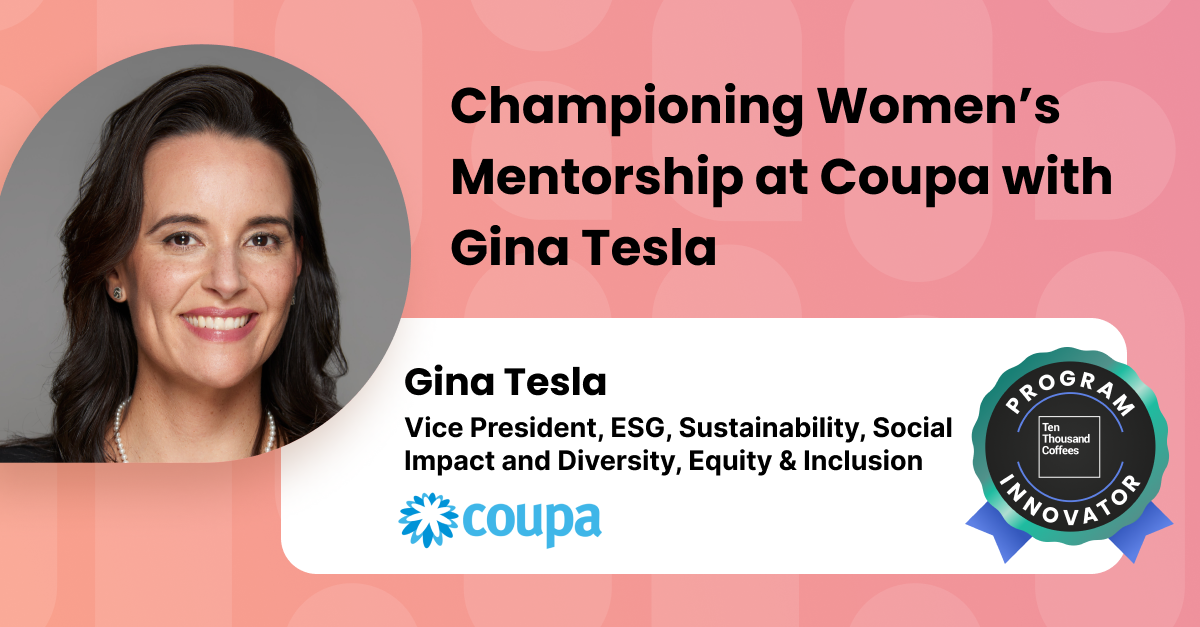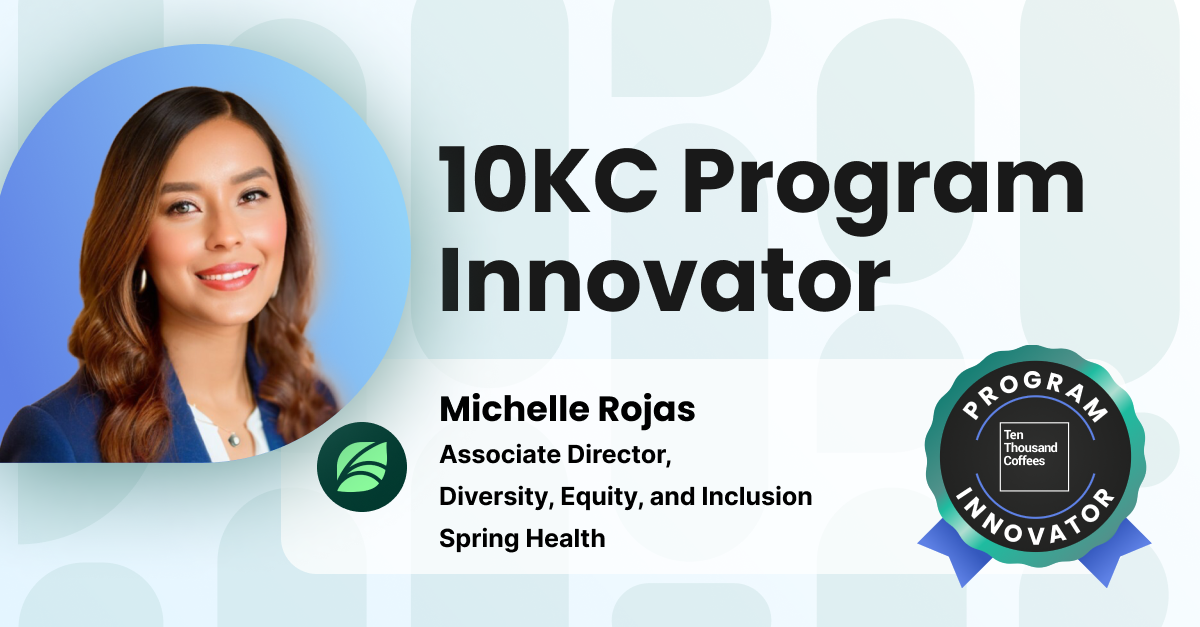Inclusion & Belonging
Explore strategies for creating a truly inclusive and equitable environment that empowers a diverse workforce.
Thank you! Your submission has been received!
Oops! Something went wrong while submitting the form.
There are no available blog posts matching the current filters.
Reset All








.png)


